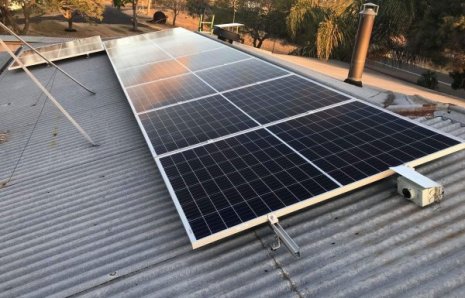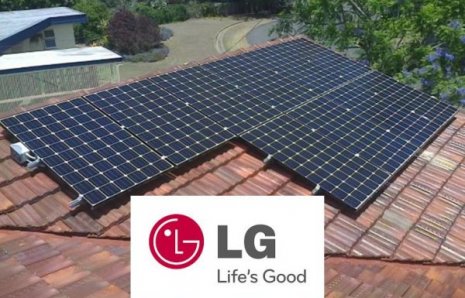Solar energy in the European Union consists of photovoltaics (PV) and solar thermal energy.
In 2010, the €2.6 billion European solar heating sector consisted of small and medium-sized businesses, generated 17.3 terawatt-hours (TWh) of energy, employed 33,500 workers, and created one new job for every 80 kW of added capacity.
During 2011, an additional 21.9 gigawatts (GW) of photovoltaic systems were connected to the grid in the European Union, a steep increase from 13.4 GW in 2010. Turnover of the European PV market amounted to approximately €36 billion for this period.
n 2011 the EU’s solar electricity production is evaluated as a 44.8 TWh in 2011 with 51.4 GW installed capacity, up 98% on 2010. In 2011 in the EU new installations were 21.5 GW.
The solar power share in 2011 was around 3.6% in Italy, 3.1% in Germany and 2.6% in Spain. EuroObserver expects the total installation to reach at least 120 GW in 2020.
The national strategies are equivalent to 84 GW solar capacity in 2020 which may underestimate the actual development taking place. For example, according to AGEE-Stat (the Ministry of Environment’s Working Group on Renewable Energy Statistics), Germany connected solar capacity 7.5 GWp in 2011, twice the 3.5 GWp target.
EU accounted for 74% of all newly connected capacity in 2011. According to Photon International magazine, the worldwide solar cell production capacity was 12.5 GW in 2009 and 37 GW in 2011.
In 2012, production capacities are set to rise to 69 GW, the same as the total installed capacity worldwide at the end of 2011.


